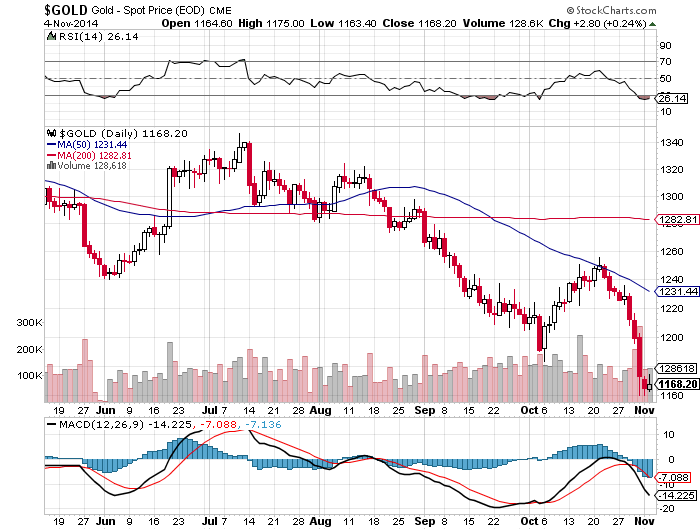Wrap It Up The Terms And Benefits Of Managed Money
Post on: 16 Март, 2015 No Comment

The definition of wrap account was created to refer to a product offering a multitude of services wrapped in a single fee. When the wrap business was a rather obscure, niche product used primarily by sophisticated institutional investors and ultra-high net-worth individual investors, everyone involved in the wrap industry understood the terminology and the product’s benefits. Since then, however, the wrap industry has broadened to a wider market. Here we look at these changes as well as the benefits and vehicles of wrapped services. (For more information, read The Rap On Wrap Fees For Retirement Accounts .)
Evolution of Wrap and Brokerage Vocabulary
When advances in technology reduced the minimum required investment, the wrap account became available to an audience of affluent retail investors. This new constituency was unfamiliar with the product’s benefits, so wrap account was replaced with the more descriptive managed-money (account). The change in terminology focused more on communicating the product’s benefits as well as its price structure (fees are still fully disclosed).
The creation of the wrap account caused changes also in the traditional language of the brokerage industry. Various factions of the investment advisory business still debate the use and appropriateness of the titles broker and advisor , but the underlying economics of the debate are undisputed. The traditional definition of the term broker refers to an investment professional who helps match buyers and sellers in exchange for a commission. The size of a traditional broker’s paycheck is based on the volume of transactions brokered, so, if no trades take place, the broker doesn’t get paid, regardless of whether he or she provided any investment advice to clients.
This role of the broker changed, however, as some brokers started to offer wrap accounts, requiring them to manage money as well as complete client transactions. Thus, brokers took on the responsibilities of advisors, not only completing transactions (a service that on its own does not regard the assets currently within the client’s account) but also providing portfolio management.
When an investment professional, whether a broker or advisor, works with managed-money products, he or she is paid a flat fee based on the assets under management. This fee is recurring regardless of the number of transactions that take place in the investor’s account. Fee-based investing, as this business model is called, compensates investment professionals for the advice they provide, not for the number of transactions that they generate. (For more, read Full-Service Brokerage Or DIY? )
Benefits of Managed Money
When you invest in fee-based products, you receive the benefit of ongoing consultation with a professional financial advisor in exchange for a predictable fee. The advisor is responsible for managing your financial plan, which includes examining your overall financial situation, determining your risk tolerance, helping you set goals, recommending an asset allocation that is appropriate for your goals, assisting with investment selection and monitoring your portfolio and the progress toward your goals.
Because the advisor is paid based on a percentage of assets under management, he or she has a personal stake in the success of your portfolio. For example, if your advisor’s fee is 1% and your portfolio contains $100,000, he or she earns $1,000 per year. If your portfolio grows to $200,000, that same 1% fee is now worth $2,000. Clearly, the advisor has a financial incentive to seek out the best available products instead of only selling those that pay the highest commissions. This arrangement lessens the investor’s concern over churning. and ensures that advisors play for the same team as their clients — both client and advisor stand to win if the portfolio grows in value.














